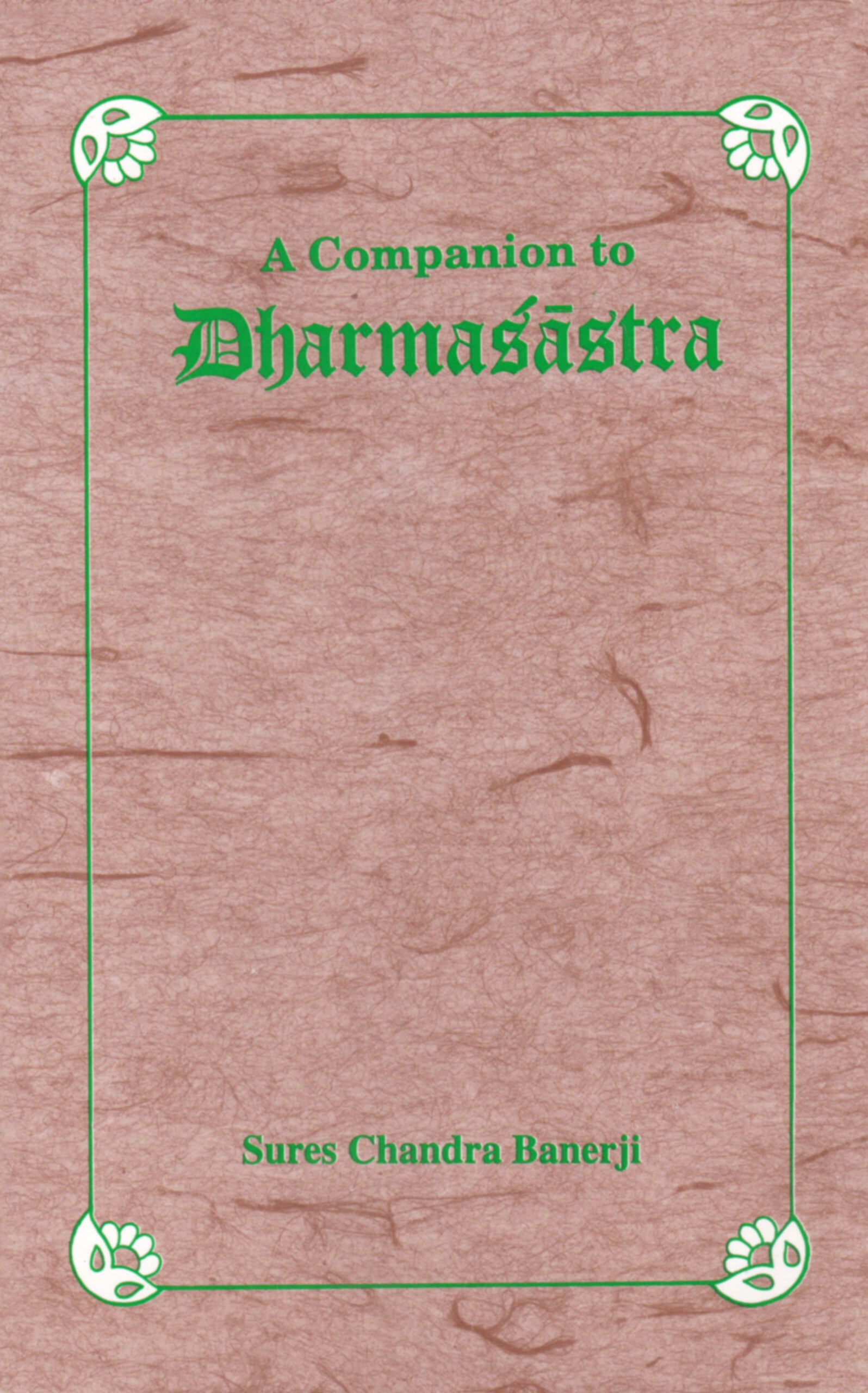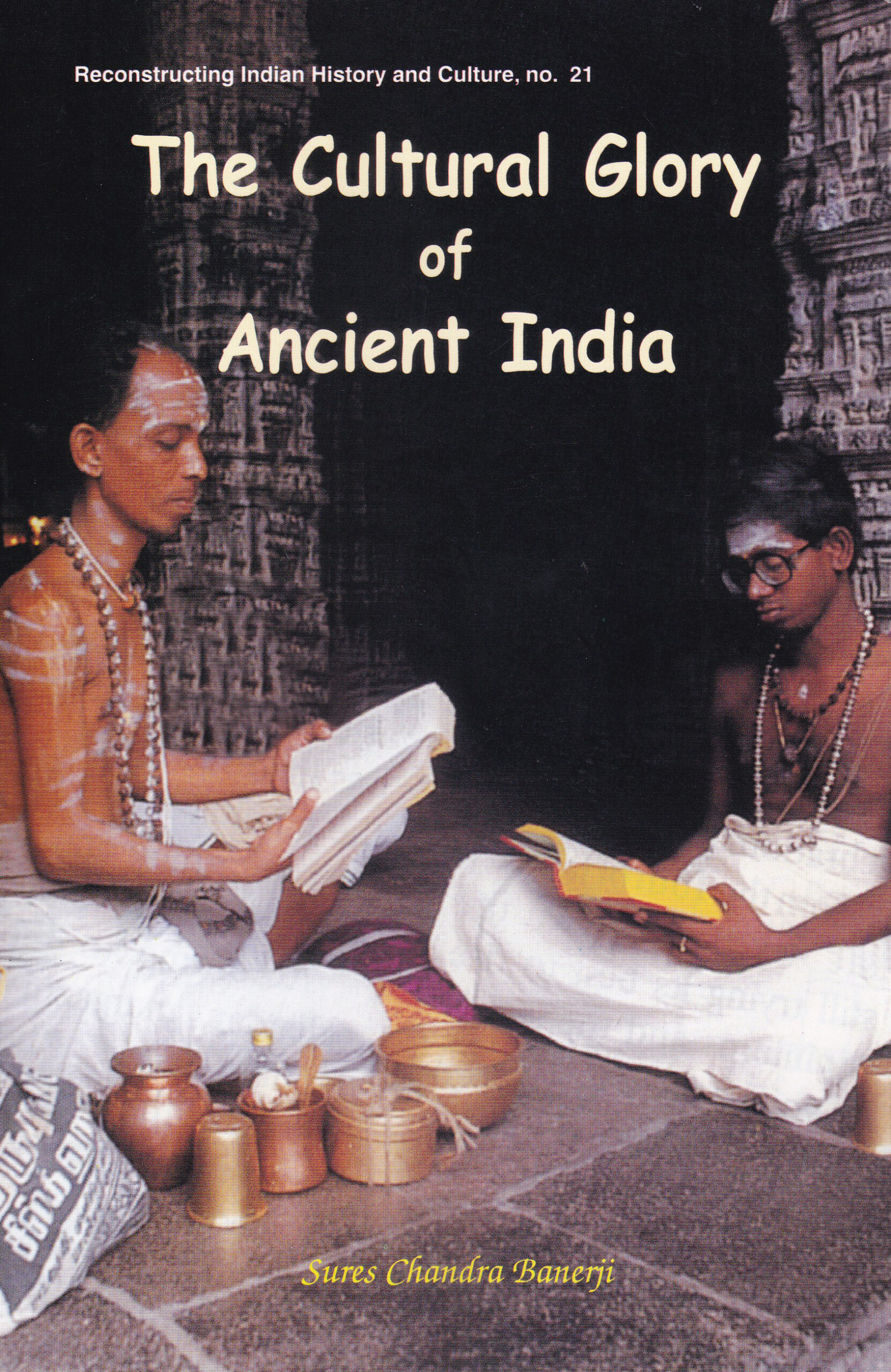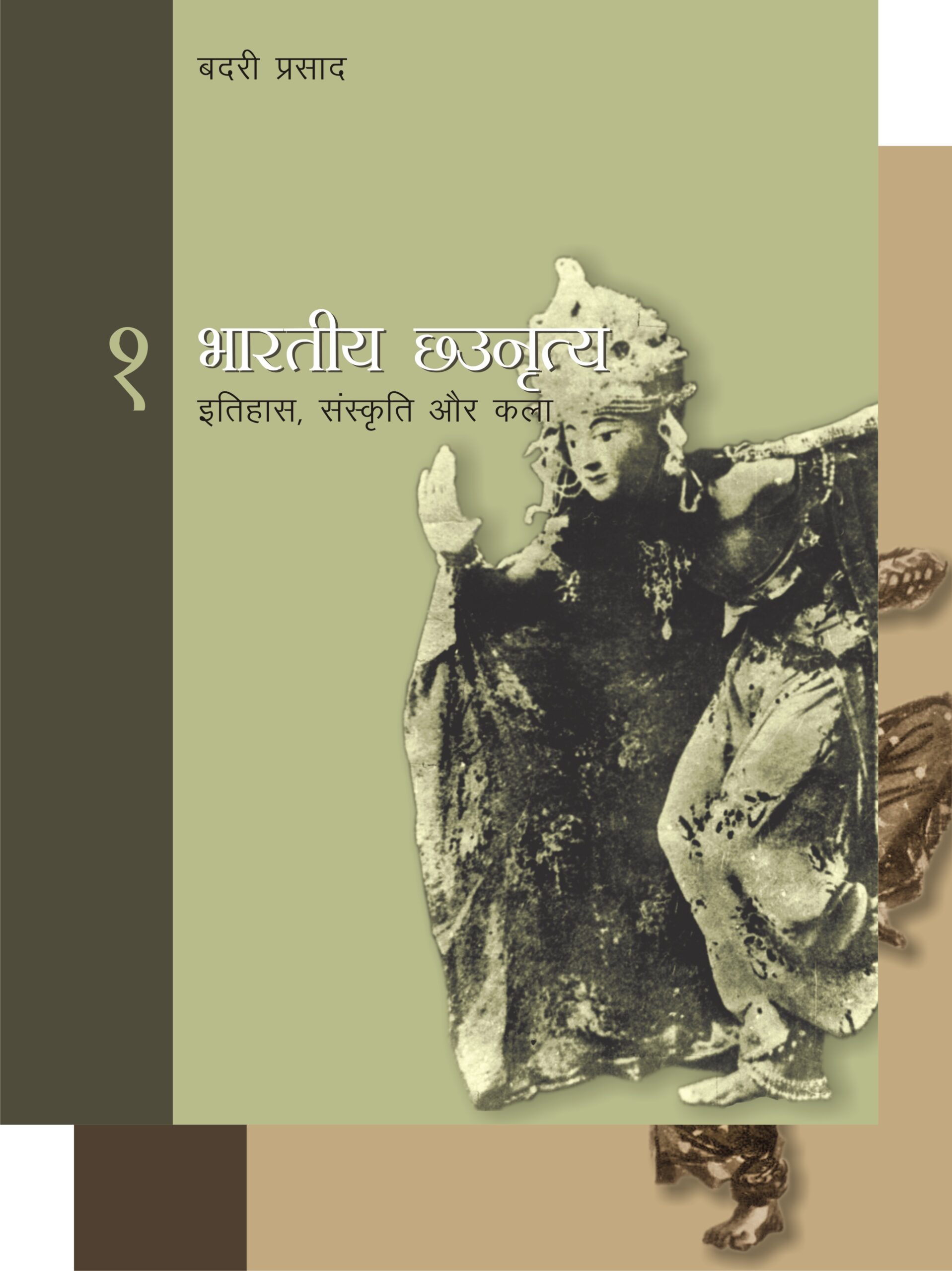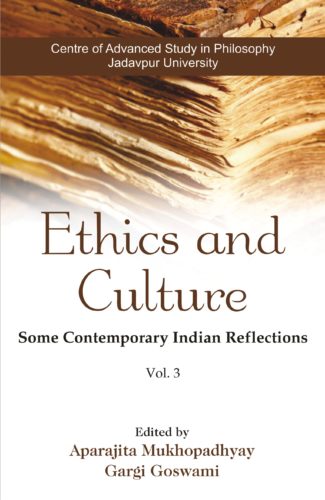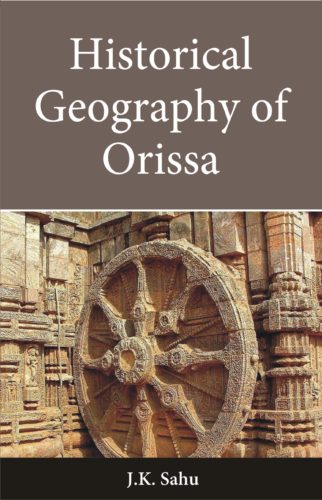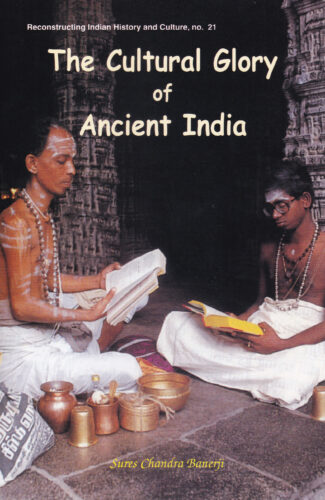

Cultural Glory of An...
Cultural Glory of Ancient India
A Literary Overview by: Sures Chandra BanerjiThe book surveys the Vedic literature, epics, Puranas, classical Sanskrit poetry and prose and the vast Sastras to throw light on diverse facets from politics, religion and philosophy to agriculture, botany and architecture of ancient Indian culture.
Original price was: ₹700.00.₹630.00Current price is: ₹630.00.
ISBN: 9788124601372
Year Of Publication: 2000
Edition: 1st
Pages : xiv, 546
Bibliographic Details : Glossary; Bibliography; Index
Language : English
Binding : Hardcover
Publisher: D.K. Printworld Pvt. Ltd.
Size: 23 cm.
Weight: 850 gm.
India is a land of communities, and Kashmiri Pandits are one of them. Though they are the original inhabitants of the Kashmir valley famous the world over for its beauty and learning, they are living in their own country as refugees since 1989 due to religious persecution, ethnic cleansing and terrorism their only fault lay in their religion, Hinduism. This book describes basically the life and times of the half-a-million people of this community living in peace and harmony with nature. It also delves into the march of the people from medieval times into the modern age and the impact of transport and communication technologies that opened a window for information flow into the valley cocooned for so long due to the high mountains all around. Customs and traditions are described in a changing scenario brought about by the introduction of the English language in the late 19th century.
Preface
Chronological Table
1. Vedic Literature
Rigveda Yajurveda Samaveda Atharvaveda Brahmanas Aranyakas And Upanishads Vedangas
2. Epics
The Ramayana The Mahabharata
3. Classical Sanskrit Literature: Poetry, Prose and Drama
Creative Period Period of Development Period of Decadence
4. Vyakarana (Grammar)
Ashtadhyayi Mugdhabodha Katantra Samkshiptasara Chandra Vyakarana Sarasvata Supadma Shabdanushasana Sectarian Grammars Pali and Prakrit Grammars
5. Puranas
What are the Puranas? Contents of the Puranas Number of Puranas Classification of Puranas Authorship Date Importance of the Puranas
6. Tantra
What is Tantra? Classification of Tantras Antiquity of Tantra Original Home of Tantra Contents of Tantras Importance of the Human Body Bhakti in Tantra Guru, Shishya, Diksha Kali in Tantra Tantra vis-a-vis Dharmashastra Tantra Beyond India Importance of Tantra Degeneration of Tantra
7. Darshana-shastra (Philosophy)
Introductory Remarks Works on Orthodox Systems of Philosophy Contents Of Orthodox Philosophical Systems Epistemology Conception of God Ethics Bondage and Liberation Creation and Evolution Other Systems of Theistic Philosophy South Indian Shaiva Philosophy Nakulisha Pashupata System Vaishnava Philosophy of Bengal Heterodox Philosophical Systems Bondage and Liberation
8. Arthashastra: (Politics and Statecraft)
Ministers Morality and Politics System of Espionage Prositution System of Taxation
9. Smriti or Dharmashastra: (Religious and Civil Law)
Origin Dharmashastras — Forms and Number Commentaries Mitakshara and Dayabhaga Contents of Dharmashastras and Schools of Smriti Manu-Smriti Rajamandala Yajnavalkya-smriti Shudras Slavery
10. Kama-shastra (Erotics)
11. Alamkara-shastra (Poetics)
General Remarks Alamkara School Riti School Rasa School Dhvani School Agni Purana Causes of Kavya Purpose of Necessity of Kavya Kavya-Lakshana Kavi-Shiksha
12. Natya-shastra (Dramaturgy)
Dasharupaka Abhinaya-Darpana Nataka-Lakshana-Ratna-Kosha Natyadarpana Nataka-Paribhasha Rasarnava-Sudhakara Ekavali Sahityadarpana Nataka-Candrika Main Topics of Dramaturgy Rupaka, Abhinaya Types of Rupakas (Major Dramas) Plot of Nataka Analysis
13. Chandah-shastra (Metrics)
Works on Metre
14. Samgita-shastra: (Vocal Music, Instrumental Music and Dance)
Vocal Music Instrumental Music Dance
15. Vastuvidya (Architecture)
16. Ashva-shastra (Horselore)
17. Gaja-shastra (Elephantlore)
18. Krishi-shastra (Agriculture)
19. Ganita-shastra (Mathematics)
20. Ayurveda (Medical Science)
Origin of Ayurveda and Ayurvedic Works Influence of Ayurveda Veterinary Science
21. Jyotisha (Astronomy)
Origin and Works Indias Relationship with Foreign Countries vis-a-vis Astronomy
22. Udbhid-vidya (Botany)
Origin and Works Morphology Plant Physiology Taxanomy Ecology Arthashastra and Ethnobotany
23. Popular Beliefs and Practices
Evil Spirits in General Personified Evil Forces with Grotesque Features Bad Dreams Magic and Miracle Miscellaneous Superstitions Beliefs and Practices Omens and Portents
24. Yuddha (War)
Weapons Military Array (Vyuha) Defensive Weapons Ethics in War Fort
Glossary
Bibliography
Index




